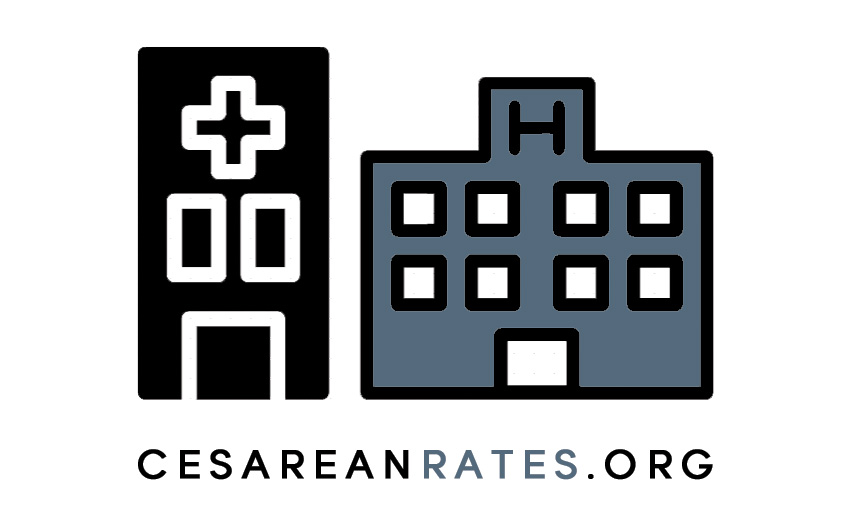Another Obstetrician's Lament
By Gustavo San Roman, MD | May 12, 2011
This obstetrician’s lament is that somehow in the debate of home birth versus hospital based birth both sides have forgotten that labor is a physical process. At the beginning of time, the physical nature of labor was very evident, because if labor did not result in a vaginal birth then the lives of both the mother and her baby would be lost. The inherent risk that this physical process would not result in a vaginal birth was determined solely by the physical characteristics of the mother and her baby. The concept of having other humans assist a woman during labor arose from an effort to decrease each woman’s inherent risk. These assistants needed to be part experienced coach and part skilled extractor of babies that get stuck in the birth canal. Unfortunately, even with these helpful assistants, some women and their babies could not be saved. This gave rise to the concept of a cesarean delivery.
About 100 years ago a paper was published comparing women who had a cesarean delivery versus a woman who was run over by a wagon and another who was gored by a bull. The women who delivered their babies via abdominal trauma had better outcomes than the women who had a cesarean delivery. However, with the discovery of aseptic technique, antibiotics and advanced surgical training a cesarean delivery has become a reasonable alternative when labor does not result in a vaginal birth or when it is safer for the mother or baby.
However, safer is a relative term. Perhaps in the hands of an assistant (now called an obstetrical care provider) who has never performed a vaginal breech birth it is safer for a woman to have a cesarean delivery. If your hospital does not have an anesthesiologist who is in house, perhaps it is safer to perform a scheduled cesarean delivery rather than inducing labor for an attempted VBAC. These are questions that should be answered long before labor begins. If a woman does not like the answers provided by her obstetrical care provider then the woman can seek out another provider with better answers if she wants to avoid a cesarean delivery. However, at no time should we forget that labor is a physical process and that the physical characteristics of the mother and her baby will determine each woman’s inherent risk for cesarean delivery.
Asking an obstetrical care provider about their experience and skill with breech presentation and VBAC are easy questions to ask. The more important and more difficult question is; “Will the obstetrical care provider’s experience and skill increase or decrease a woman’s inherent risk for cesarean delivery?” Unfortunately, obstetrical care providers cannot answer this question unless they are using a method to measure their results that accounts for the inherent risk of the women that they deliver. Therefore, it is important to understand that an obstetrical care provider’s high or low cesarean delivery rate may not reflect the experience or skill of the obstetrical care provider. This is because a high or low cesarean delivery rate may be more a reflection of the inherent risk of the obstetrical care provider’s patient population than the experience or skill of the provider.
In an ideal world we would have obstetrical care providers (obstetricians, family practitioners or midwives) that analyze their own results with a method that can determine the best way to decrease the inherent risk of laboring women without compromising safety. Those providers (home or hospital based) that find the labor management strategies that are best at decreasing a woman’s inherent risk would then promote these strategies to all of the other obstetrical care providers. If these strategies are applied in or near a hospital setting then this should end the debate because the best of both home and hospital based births could be combined and the worst of each would be eliminated. However, for this ideal world to become a reality we would need to see to it that women or babies who suffered unavoidable injuries at birth receive help from all of the members of our society and not just from the pockets of obstetrical care providers. In this ideal world everybody would know that labor is a physical process and women would obtain their best physical condition before considering taking on such a physical process. I will work tirelessly to make this ideal world the new reality so that my lament may be no more.

